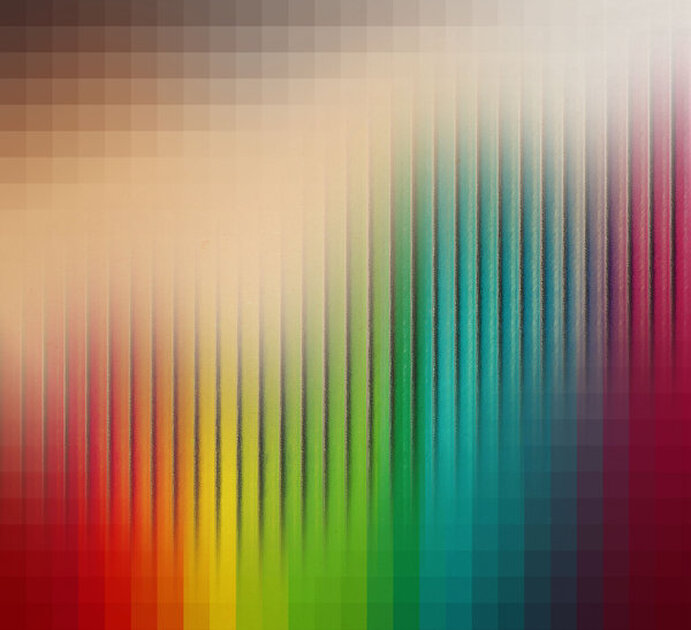
Our Gemara on Amud Aleph and Tosafos discuss the restrictions on disinterring and disturbing the dead.
There are various reasons offered for this prohibition. The Gemara later on (154a) implies that exposing the decomposed body to viewing eyes is disrespectful of the body, and the person who once occupied it. Gesher Chaim (26:10), based on a Yerushalmi, rules that even if the body is fully decomposed and so there is no rot, it is inherently a disgraceful to allow what was once a bold creation, full of life and power, to now be inert. I wonder if that partly explains the ritual of covering the blood of a wild animal after slaughtering it. There is something tragic about taking the life-power out of a grand creature, and though we will use its flesh and skin for utilitarian purposes, we still pay some respect to its lifeblood by covering it. (See Chinuch 187 who gives a different reason.)
Rav Moshe Feinstein (YD II:151) quite simply learns that disinterment is forbidden because it is a nullification of the mitzvah of burial. And finally we have a mystical explanation from Beis Yosef (YD 363): The dead actually become emotionally disturbed if their crypts are violated. It somehow causes them to fear they are being summoned for judgment. He shows a number verses which allude to the dead wanting peace in their grave, such as Iyov 3:13 and Shmuel I:28:15.
Whatever the reason, a civilization can be judged in how it shows respect for its dead, especially in times of distress. Burying the dead, particularly the grim work that a chevrah kadisha does in recovering body parts after a devastating destructive event or act of terror, pushes back against the nihilistic feelings of despair. They might act like animals, and slaughter us like lambs, but we will retain our dignity.
Translations Courtesy of Sefaria, except when, sometimes, I disagree with the translation ![]()
If you liked this, you might enjoy my Relationship Communications Guide. Click on the link above.
Rabbi Simcha Feuerman, Rabbi Simcha Feuerman, LCSW-R, DHL is a psychotherapist who works with high conflict couples and families. He can be reached via email at simchafeuerman@gmail.com
 Previous
Previous

